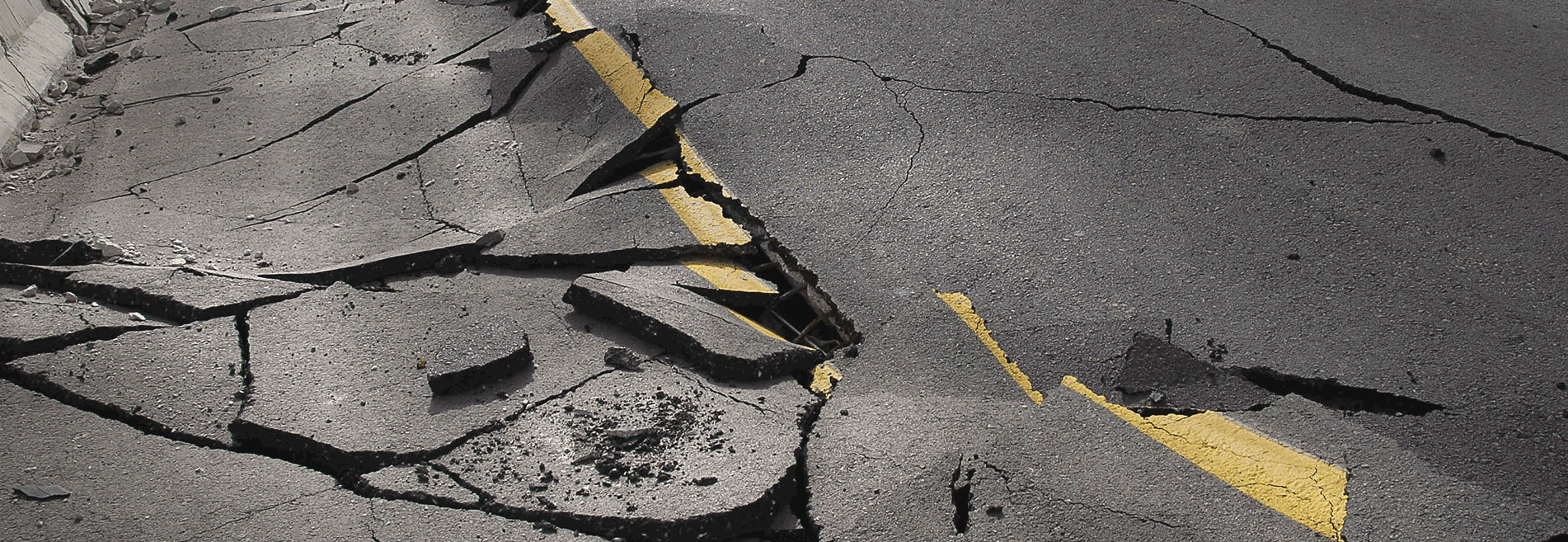Technology co-designed by an AUT academic that improves earthquake resilience in buildings has won more than three million dollars in government funding.
The Resilient Slip-Friction Joint (RSFJ) was designed by Structural Engineering lecturer Dr Pouyan Zarnani with two members of Auckland University's Civil and Environmental Engineering department when he was a post-doctoral fellow there.
Now Dr Zarnani teaches in the Built Engineering department of AUT's School of Engineering, Computer and Mathematical Sciences. The RSFJ research programme will be a collaborative four-year project between the two universities, led by University of Auckland but with an AUT contract of over $1 million dollars.
Earthquake engineering technology being worked on by Dr Zarnani has the capacity to dissipate earthquake energy within a building, including self-centering with no post event maintenance to minimise the damage and the residual drift of the structure.
As part of this project, a full-scale 3-storey building reinforced by the RSFJ technology will undergo rigorous testing to simulate a severe earthquake event.
"With a clear global increase in frequency and impact of seismic events, engineers' efforts have been focused on the development of techniques which not only provide life-safety, but also aim to minimise damage so that buildings can be reoccupied quickly with minimal business interruption and repair costs," says Dr Zarnani.

"The RSFJ technology will have a global impact on the building industry given it can be used in all types of new and retrofitted structures."
"RSFJ technology provides a cost-effective and sustainable solution as there is no need for costly post-tensioning systems for structural self-centring (as is common practice). It is maintenance free and there is no need for any connection component replacement after earthquakes which is a serious risk for aftershocks."
"This new Damage Avoidance RSFJ technology can be considered the third generation of seismic solutions after the state-of-the-practice Low Damage and traditional High Damage systems."
He believes through the successful completion of this research programme, the RSFJ technology will have a global impact on the building industry given it can be used in all types of new and retrofitted structures (low-to high-rise) either in steel, timber or concrete, particularly in countries which are seismically active like those located on the Pacific Ring of Fire.
The concept has previously been awarded winner of the Spark $100k Challenge.

